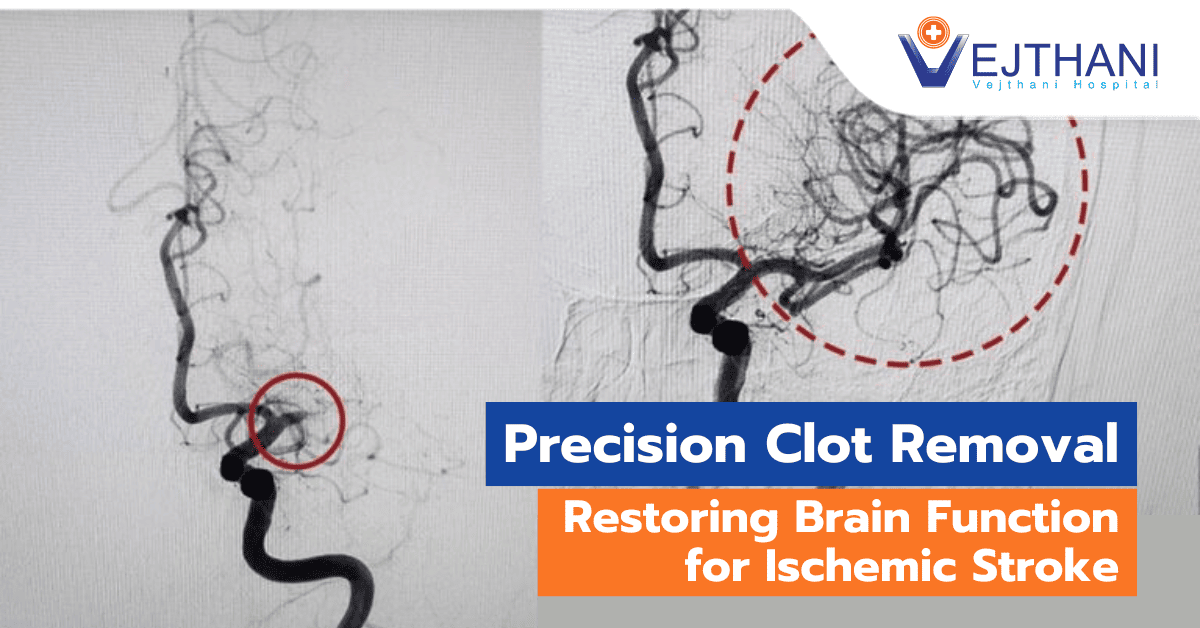
Voice Disorders
Diagnosis
Your doctor will inquire about your voice problems and conduct an examination. They may administer a numbing medicine before the exam. The doctor might use one or more of the following tools:
- Mirror. A dental mirror or other tool may be inserted into your mouth by your doctor. It has an inclined mirror and is long.
- Flexible laryngoscope. This flexible tube is equipped with a light and camera. A provider puts it in through the nose.
- Rigid laryngoscope. A provider puts this stiff viewing tube in through the mouth.
- Videostroboscope. The vocal cords may be seen moving in slow motion thanks to a camera and flashing light.
- Laryngeal electromyography. The electric currents in the voice box muscles are measured by tiny needles inserted through the skin.
- Sound analysis. This examination uses a computer to measure any abnormalities in the voice cords’ sound.
Treatment
Your doctor may recommend one or more of the following therapies based on your diagnosis:
- Rest, liquids and voice therapy. The vocal cords require regular rest and hydration. Speech pathologists provide instructions on how to clear the throat, use the voice more effectively, and ensure the proper consumption of fluids.
- Allergy treatments: If excessive mucus in the throat is caused by an allergy, a healthcare provider can identify and treat the allergy.
- Stopping smoking: Quitting smoking can improve voice quality and enhance overall health, including heart health and cancer risk reduction.
- Medication: Various medications can treat voice disorders. Depending on the cause, they can reduce swelling or inflammation, treat gastroesophageal reflux, or prevent blood vessel regrowth. Medications can be taken orally, injected into the vocal cords, or applied directly to the vocal cords during surgery.
Procedures
- Removal of growths. Benign growths on the vocal cords sometimes necessitate surgical intervention. Surgeons employ diverse techniques such as microsurgery, carbon dioxide laser surgery, and advanced laser treatments like Potassium Titanyl Phosphate (KTP) laser treatment.
KTP laser therapy is an advanced procedure designed to address lesions on the vocal cords by disrupting their blood supply. This approach enables the removal of the growth while conserving the majority of the surrounding tissue.
- Injections. Administering controlled doses of purified botulinum toxin directly into the neck muscles can alleviate spasms or irregular movements. This therapy targets a neurological movement issue called spasmodic dysphonia, which impacts the vocal muscles within the larynx.
At times, one vocal cord may lose mobility, resulting in hoarseness and a risk of choking when swallowing liquids, although the ability to swallow solid foods usually remains unaffected. In certain instances, this condition resolves spontaneously over time.
If the problem persists, there are two procedures available to reposition the paralyzed vocal cord closer to the center of the windpipe. Both procedures facilitate the vocal cords meeting and vibrating more closely, thereby enhancing voice quality and aiding in proper laryngeal closure during swallowing. Treatment options comprise:
- Fat or collagen injection. Injecting human-derived collagen or body fat through the mouth or neck skin gives volume to the paralyzed vocal cord. Vocal cord weakness is also treated by it.
- Thyroplasty. A little hole made in the cartilage, which is the tissue that surrounds the voice box. An implant is inserted into the incision and pressed up against the paralyzed vocal cord by the surgeon.























